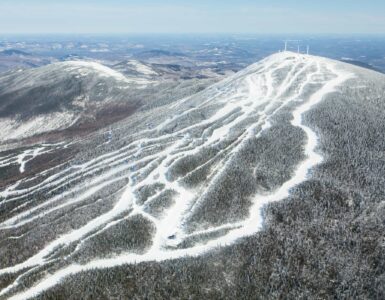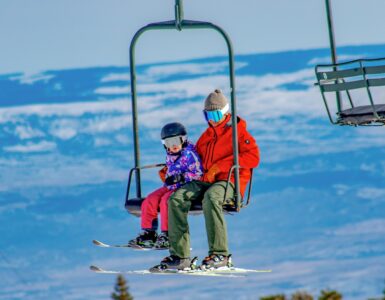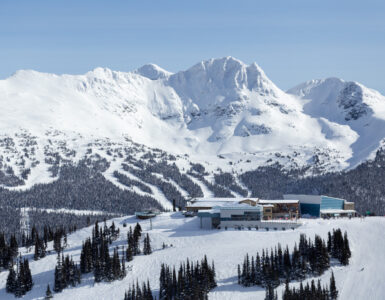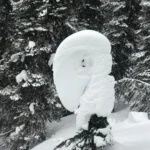Opening new terrain in Khyber is dependent on increased skier numbers. Whistler Blackcomb may not grow much bigger, but that doesn’t mean it can’t add value.
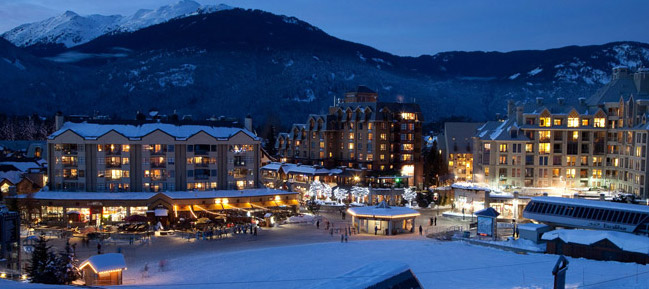
At an open house on Saturday, executives indicated ways they might seek to add value through the company’s master plan, which was referred to the provincial government about five weeks ago. The master plan is expected to be available for public comment some time in 2011.
For the first time since 2006, when Fortress Investment Group purchased Intrawest and all of its properties, the company will essentially be working for itself instead of diverting its profits to shareholders in a New York-based investment management firm.
“Everything we do now will be for the benefit of Whistler Blackcomb and its shareholders,” said Doug Forseth, senior vice-president of operations. “We believe that we can run this well enough that if we re-invest our money through whatever we have, mortgage payments, shareholder dividends, but also capital investments, we should have an ability to add more infrastructure or upgrade infrastructure from what we have now.”
The details of the master plan are not public yet but company officials indicated on Saturday that it could include new terrain, if there’s enough demand for it. The company currently has 8,171 acres of terrain and could add another 2,000 or so on the west side of Whistler Mountain, according to Forseth.
“This is all dependent on a number of things,” he said. “If we have more growth in our business, more terrain, we have basically the west side of Whistler, the Khyber area going out is undeveloped. There’s another couple thousand acres out there. We have 8,000 acres developed now basically so we can add another 2,000 in future.”
The terrain itself would be accessed from the Frontier Pass-Love Canal area and then tale skiers and boarders into the Khyber area. If developed, Forseth imagines the terrain would be mostly blue and black runs – advanced terrain that expert skiers and snowboarders could appreciate. The development, however, is entirely dependent on Whistler Blackcomb drawing more business.
“If we see our business grow and we need more space to comfortably accommodate all our people, then that’s when we will build,” Forseth said. “Just because we have it on a plan, doesn’t mean we will build it. It’s really a timing factor, so we’ll be preparing to build if our business is successful enough that we see the volume growing.”
Other ways to add value could include infrastructure upgrades such as adding more restaurant seats and replacing some lifts already operating on the mountains. Forseth said restaurants such as the Roundhouse and the Rendezvous are “pretty crowded” at mealtime.
But higher up on the list of things to do would include replacing the Crystal Chair on Blackcomb, which provides access to runs such as Fraggle, Ridge Runner and Rock and Roll. Skiers and snowboarders currently access that terrain using an old, fixed-grip triple chair. Forseth said the company is looking into putting a high-speed quad chair in that zone.
Harmony, too, is very popular with skiers and snowboarders and Forseth said there’s a possibility of upgrading the current four-seat quad to a six- or eight-passenger chair.
“The lift is a limitation,” he said. “Those are the kinds of things we can do.”
Beyond the resort experience, Whistler Blackcomb is also looking into a 9 MW wind power project to be situated somewhere on the mountains. The project, which would take advantage of southwesterly winds and produce 50 to 60 gigawatt hours of electricity annually, would produce power equivalent to 20 per cent of Whistler Blackcomb’s electrical demand. The power would go into a grid, not necessarily feeding directly into mountain operations.
Arthur DeJong, Whistler Blackcomb’s mountain planning and environmental resource manager, said at the open house that the proposal is at an early stage.
“The thing is, we need to float this early,” DeJong said. “We need to keep this in the public’s eye here because if there is, if the aesthetics are unacceptable, let’s have the debate now.”
The company has already tried putting up a trial turbine on the Creekside face of Whistler Mountain but there wasn’t enough wind to make it viable. Whistler Blackcomb also intended to put what it calls a “met tower,” or a trial turbine, next to the Crystal Hut but financing fell through on that project so it was never done.
Whistler Blackcomb is now looking to Khyber’s Ridge, where the turbines can take advantage of strong southwesterly winds, but DeJong said the company is looking for the best place in the whole of its Controlled Recreation Area (CRA).
“We are still at a very preliminary point with this study,” he said. “But with our avalanche control, we have a ton of wind data up in the alpine and we know that we have enough wind up there. But the challenge is, wind farms are not built where the winds are at their extremes.
“The core question right now with wind in our study is, is there tower technology that has the resilience to deal with variable turbulent wind trends? At this point, that question is not answered.”
Source: piquenewsmagazine.com



